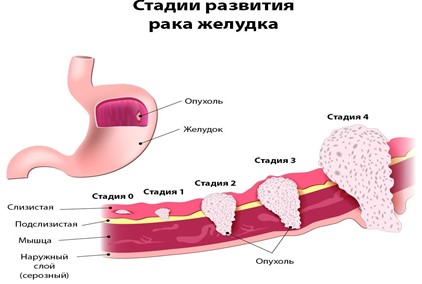
An international campaign against smoking is being held all over the world – World No Tobacco Day, i.e. a day free of tobacco smoke. It was established in 1988 by the World Health Organization. The world community was given the task to ensure that the problem of tobacco smoking disappeared in the XXI century. With this action, WHO warns the world’s population (smokers are more than half of the entire male population of the planet and about a quarter of the female) against the addiction – one of the most common epidemics in the history of mankind – nicotinomania, which is on a par with alcoholism and drug addiction. Tobacco is the only legal product that kills half of the people who regularly use it. For humans, the lethal dose of nicotine is 50-100 milligrams.
It should be noted that with a good awareness of the dangers of tobacco smoking for health, few seek to get rid of nicotine addiction. Either a person does not realize the full severity of the consequences of tobacco use for their health or believes that the disease will not affect them, or the habit of smoking is so strong that there is no way to give it up. Doctors suggest that smokers at least for this day to give up the bad habit. However, according to statistics, less than 20% of smokers can quit smoking on the first attempt.
For those who quit smoking, the advantages are noticeable almost immediately. After 20 minutes, the pulse is restored, and the blood composition is normalized in just a day. After a year, the lungs are cleared, it becomes easier to breathe. After 10 years, the probability of developing cancer is halved, and after 15 — heart disease.
A lot has been written about the harm of tobacco to health. Smoking does not just kill, it leads to serious diseases that seriously impair the quality of life. Inhaling tobacco smoke and vapor disrupts the lungs, nicotine and other components of tobacco, regardless of the form of its consumption, poison the entire body at once. There is not a single organ that does not suffer from this habit. In addition to difficulty breathing, smokers are plagued by gastrointestinal disorders and heart disease, lack of oxygen in the blood leads to increased fatigue and slow brain function. They are more likely to develop eye diseases and hearing disorders, which can lead to their complete loss. Tobacco causes more than 20 types of cancer. In the surgical treatment of airway cancer, the larynx has to be removed, and to preserve the ability to breathe, a tracheotomy is performed — a hole in the throat, into which a special tube is inserted.
Tobacco is a poison in any form. There is no research to prove that e-cigarettes or tobacco heating devices are less harmful to health. Nicotine is a toxin in itself, in addition, in electronic cigarettes its concentration is higher, which leads to faster addiction. Children and adolescents who use e-cigarettes are twice as likely to become chronic smokers in adulthood. Liquids for these devices contain other chemicals, flavors, and colorants. Hookah is also not a healthier alternative, despite a common misconception. Chewing tobacco, on the contrary, is more harmful to the mucous membranes and oral cavity than inhaling tobacco smoke.
E-cigarettes and other tobacco heating devices typically contain rechargeable batteries that can ignite and even explode. Careless use of them can also lead to burns, young children can accidentally swallow toxic e-cigarette liquid.
The COVID-19 pandemic, among other things, has reminded people of simple values that we usually just don’t notice. For example, the ability to breathe freely. The World Health Organization has published a scientific report, according to which smokers are more difficult to tolerate coronavirus infection, have a greater chance of dying, and it is more difficult for them to recover from the disease.
The ultimate goal of World No Tobacco Day is to help protect present and future generations not only from these devastating health consequences, but also from the social, environmental and economic disasters associated with tobacco use and exposure to tobacco smoke.




